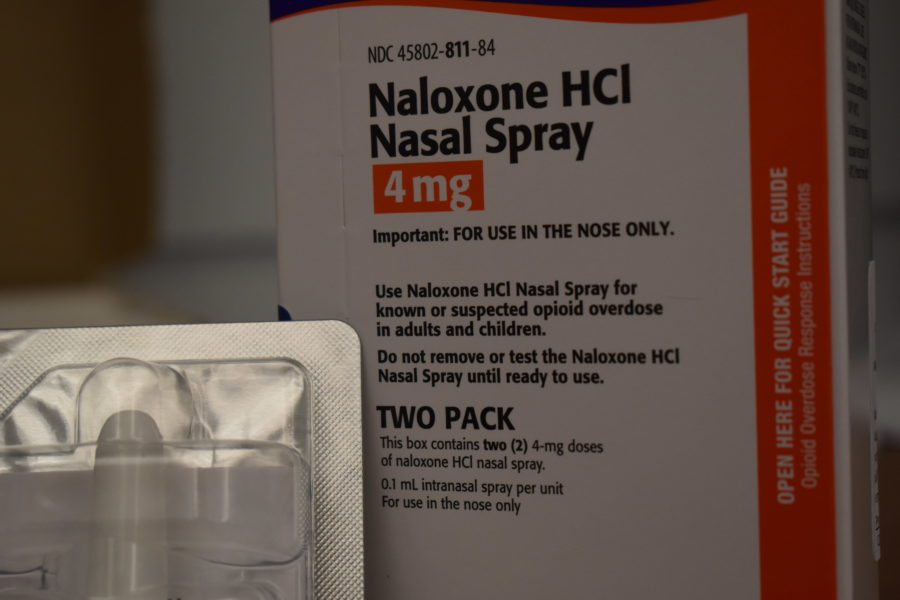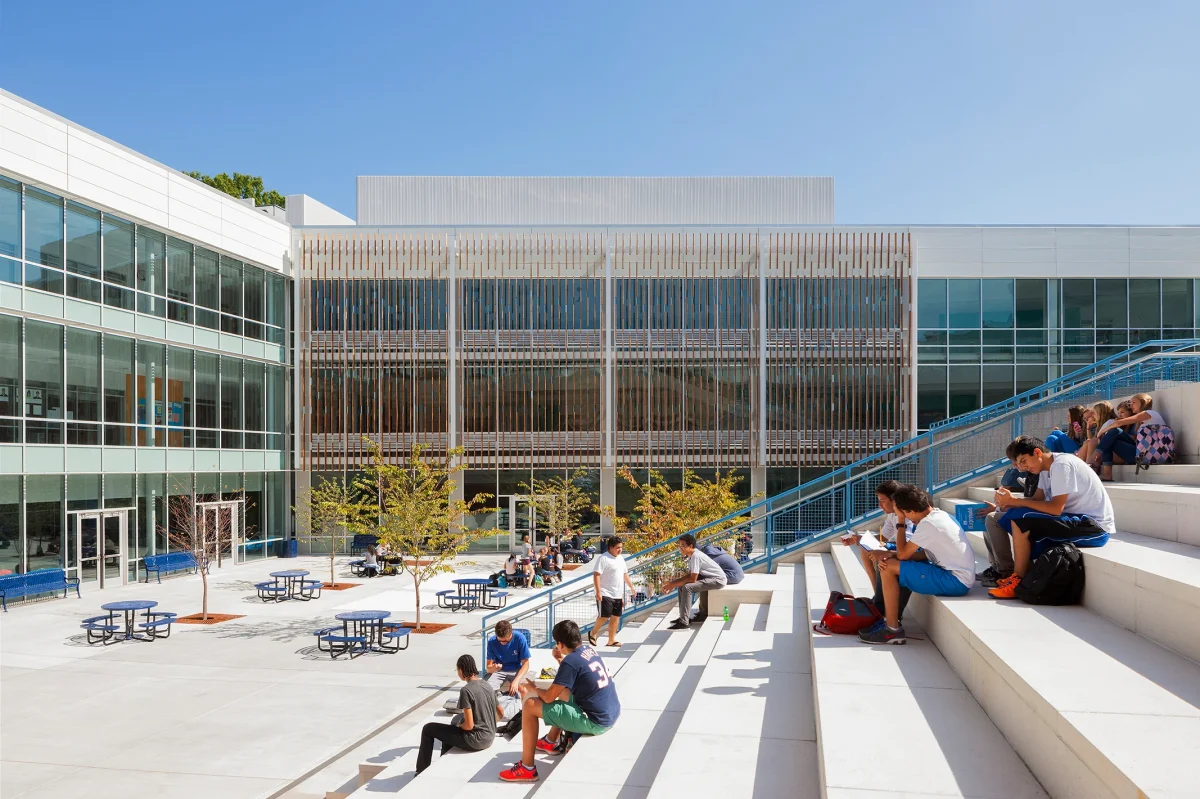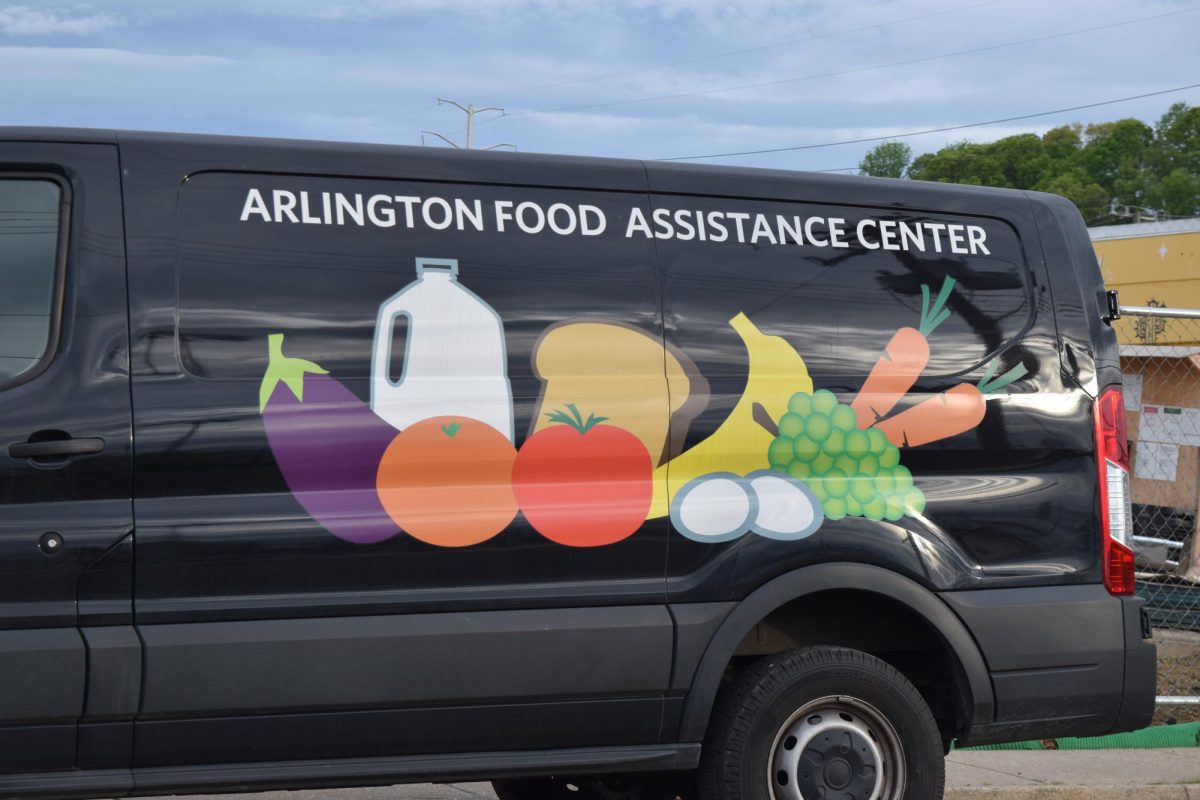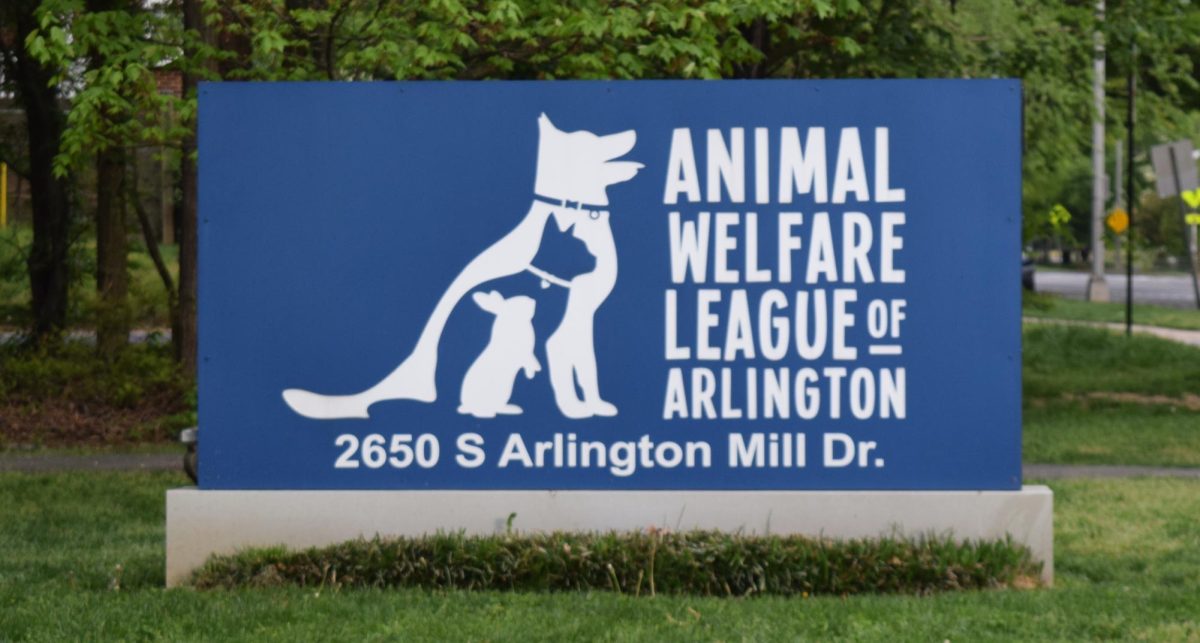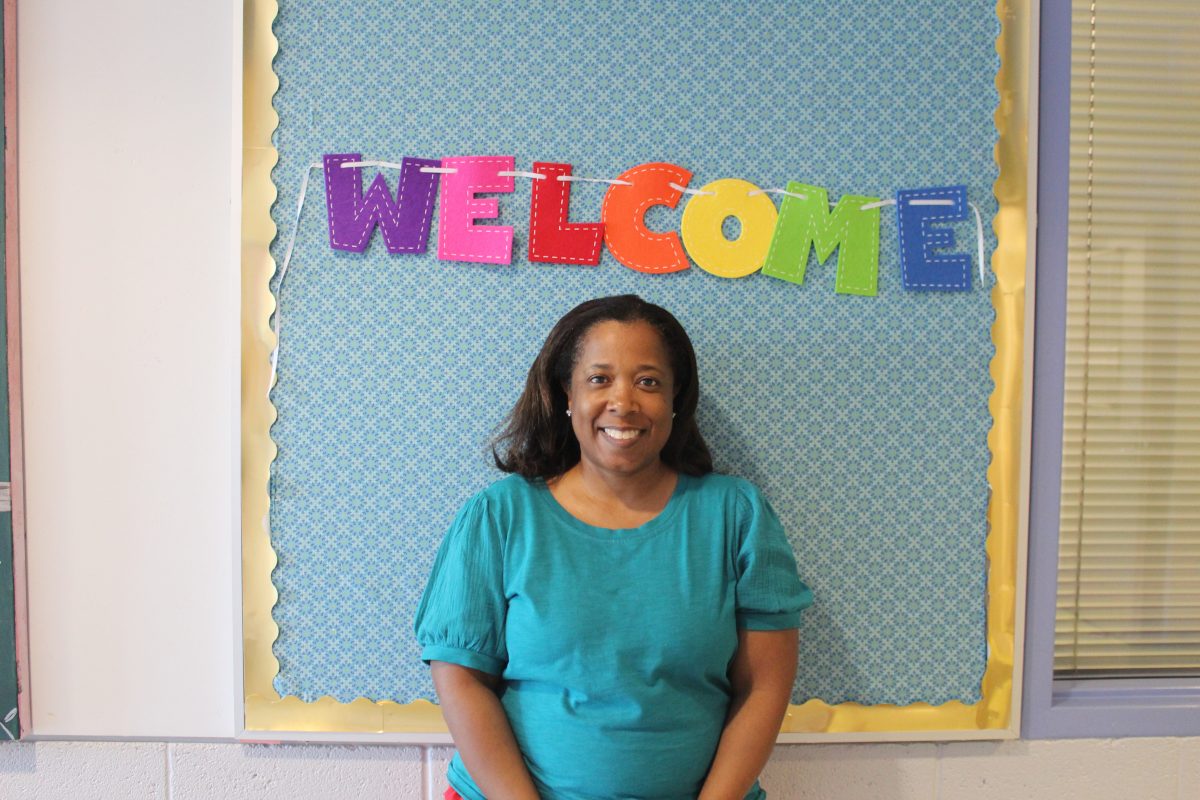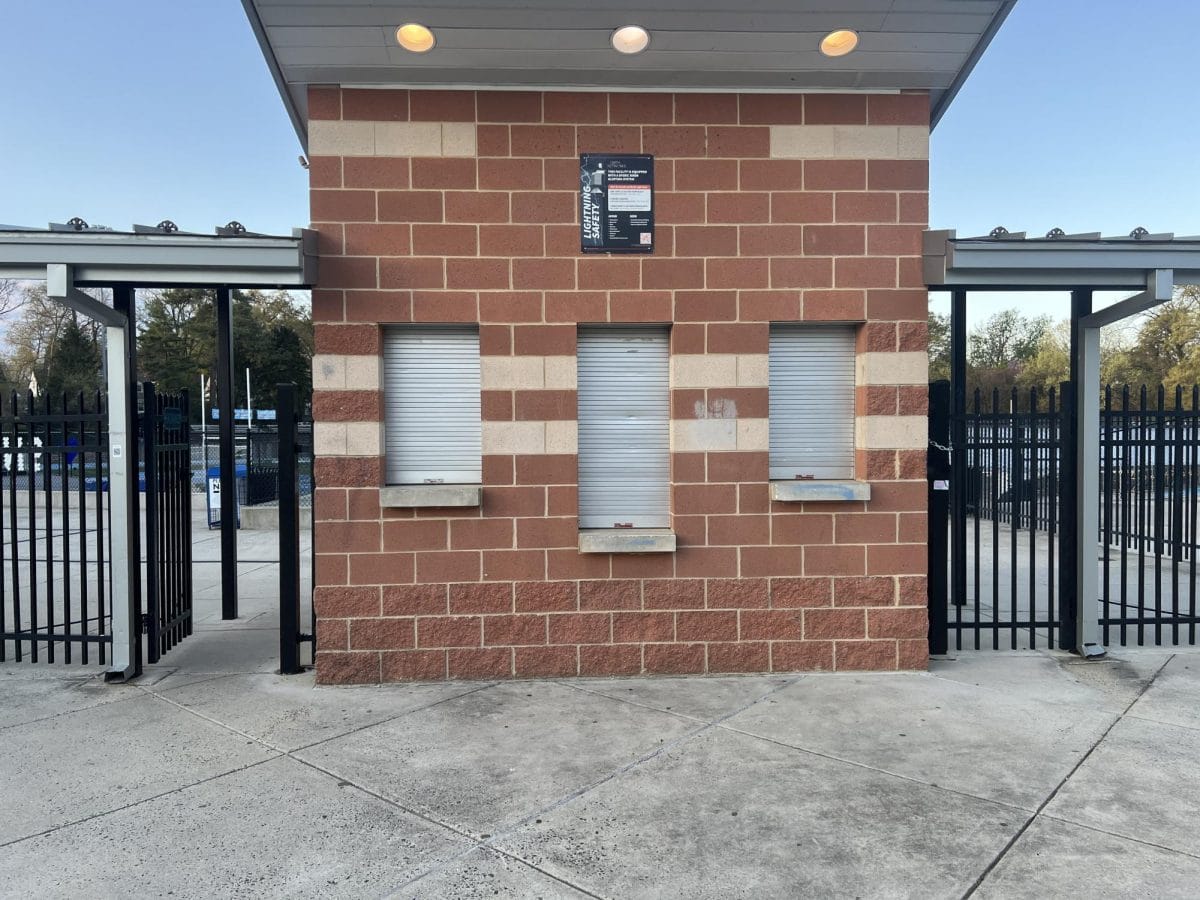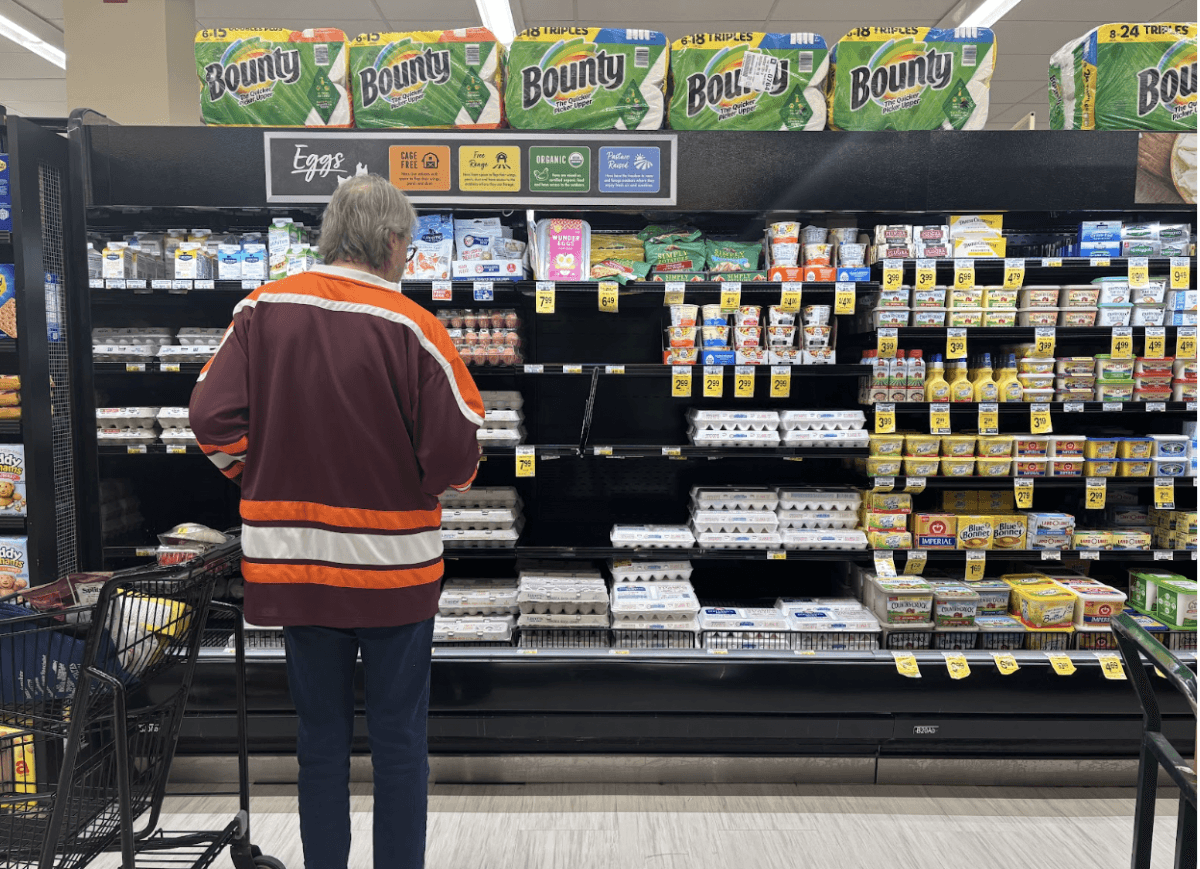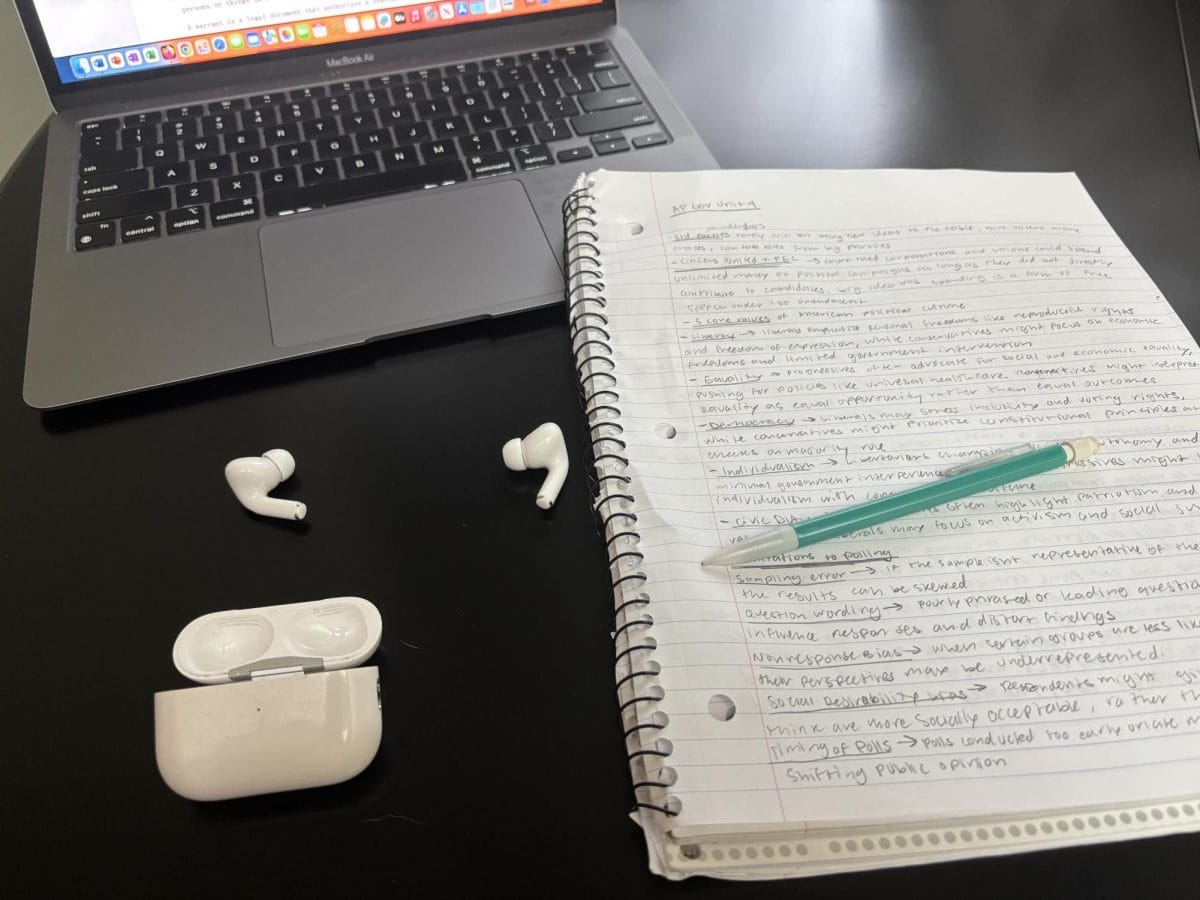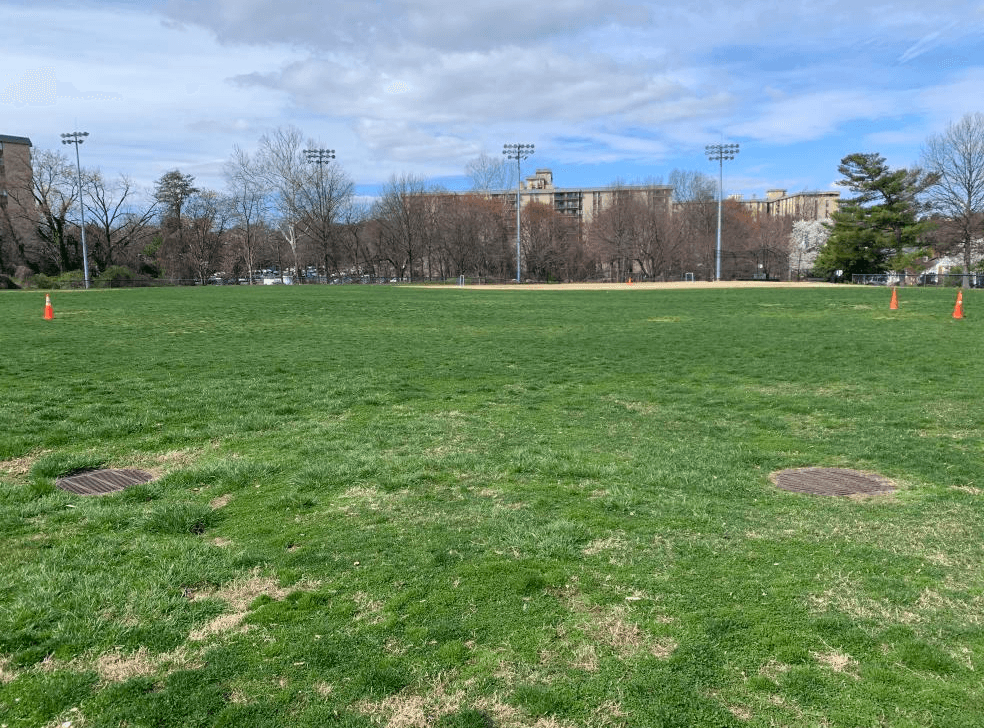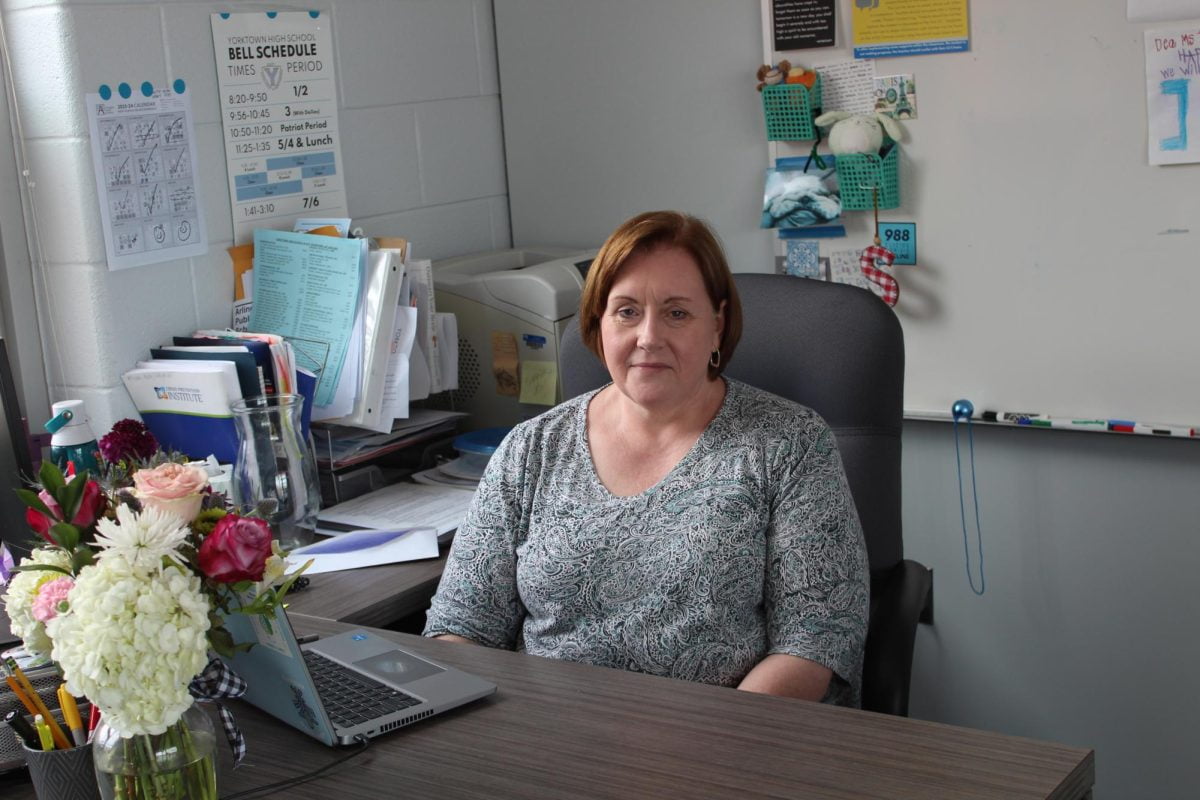Arlington Public School’s (APS) online lunch menu is filled with a wide array of foods for its students and faculty. The menu has an option for a hot lunch, a cold lunch, a build your own salad and even snacks to hold you over until dinner. Even so, entering the cafeteria during lunchtime may reveal the lack of options compared to the online menu. By C lunch, the cold lunches and snacks are often all gone and most significant of all, the vegetarian lunch options are frequently nonexistent.
The vegetarian population of our school is large compared to other APS high schools due to our higher average student population. Therefore, the effects of having no options for lunch are more considerable. I spoke with our school’s cafeteria manager, Sandra Foronda, and she was more than happy to assist with the problem. She explained that if there was not an option for me, I could contact her and they could make something.
While this offer was greatly appreciated and extremely kind, the hassle that the cafeteria staff would have to go through just for me to have lunch would be too much to ask for, not to mention the unfairness to any other vegetarian students without lunch.
Determined to find an answer to this seemingly unworkable problem, I spoke with the APS Director of Food and Nutrition Services, Amy Maclosky. Upon bringing up this issue with Maclosky, she professed that she was not aware of any problems with the vegetarian lunches.
“We can investigate why there is a problem and then look at what we can do to solve it and come up with a solution, which I’m positive we can,” Maclosky said.
This sounded like an easy fix, however, one last problem arose. Like previously mentioned, the vegetarian population at our school is small, and not enough for the cafeteria to adjust the meal quantity.
“There is a fear of making too much and having a lot of waste, but we may have to commit to having more food waste. Sometimes vegetarian options getting interest is also part of the problem,” Maclosky said.
Getting people interested is crucial, because with more interest and desire for a meal, there is more ability to increase food production.
Our school has the ability to work through this issue. By getting more traction from students, suggesting new and delicious vegetarian options and Amy Maclosky’s plan to mend the menu, our school can be vegetarian friendly.








